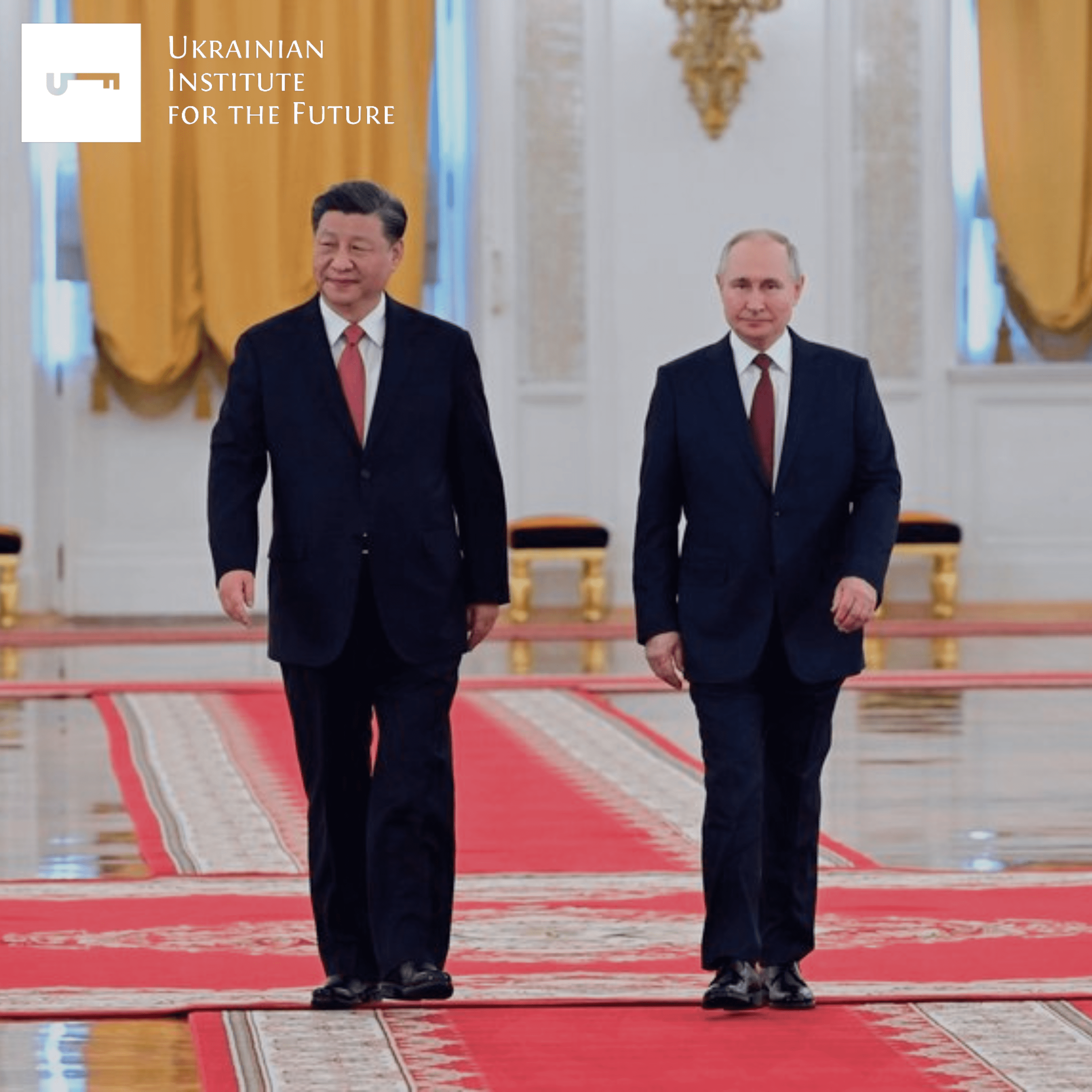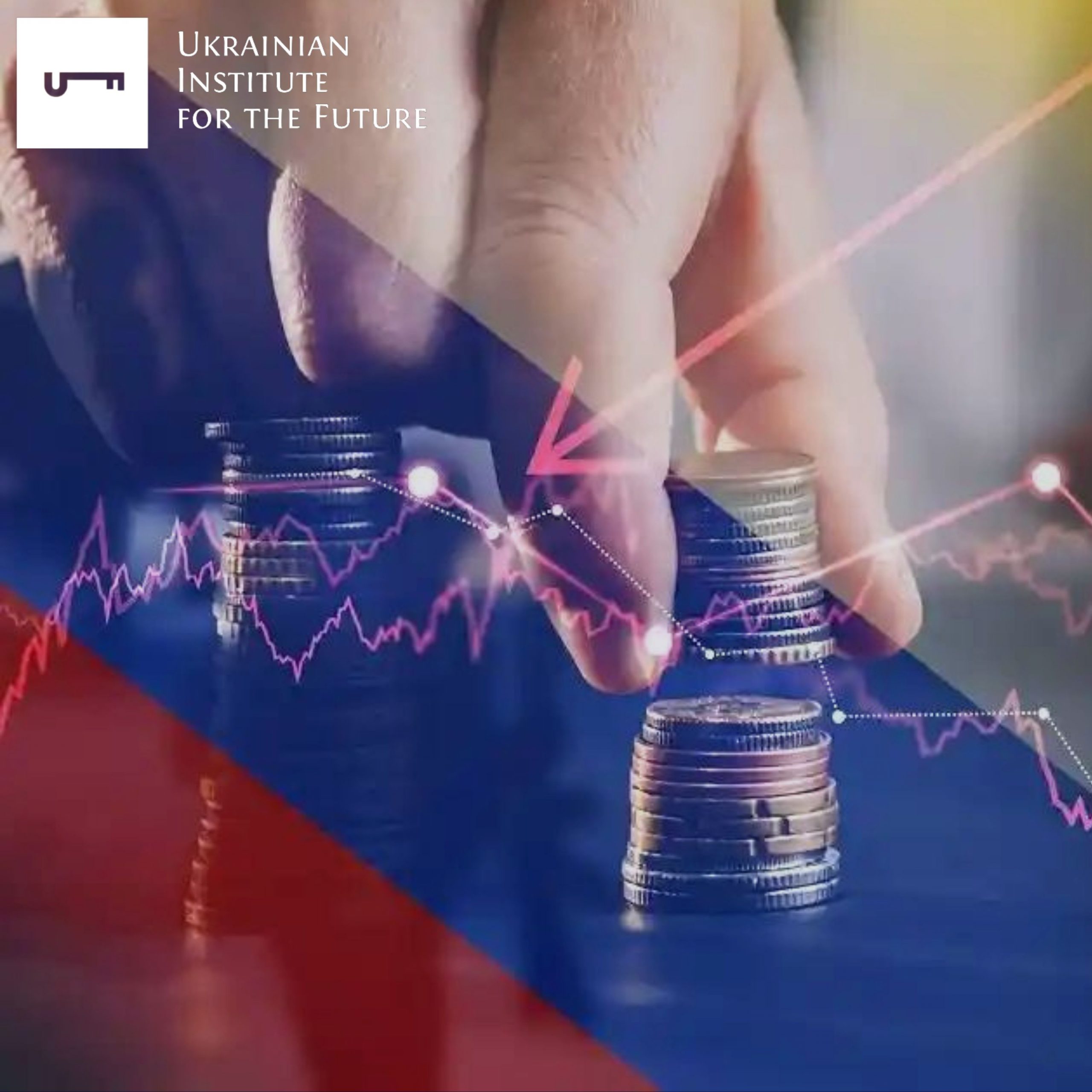Before the arrival of Xi Jinping in Moscow, Putin announced the deal of the century – agreements on Sid Siber 2 and 3. However, after the meetings themselves, the communique says that the parties will make efforts to advance the work on studying and approving the gas pipeline. However, the gas pipeline is not mentioned in the official sources about the results of Xi Jinping’s trip. After all, is the potential cooperation between the Russian Federation and China the deal of the century or an attempt to cover up the failure of Russian energy policy and the transformation of the Celestial Empire into a raw material appendage?
In the conditions when, unexpectedly for Russia, the EU did not give in to energy blackmail, was able to get through the winter and began to reduce the consumption of Russian gas, the Kremlin realized that they did not have a sales market and built gas pipelines to new consumers. China, on the other hand, understands the strength of its position as the only potential major buyer of gas in Russia. Vladimir Putin used gas pipelines and gas supplies as a tool to blackmail other countries for 20 years. But he did not calculate his strength and found himself in the role of a victim – for the first time in history, the Kremlin received a return from energy weapons and will be forced to play the role of a minority partner.
Before Xi Jinping’s arrival in Moscow, Vladimir Putin announced the signing of the “deal of the century” – agreements on the construction of the new Power of Siberia 2 and 3 gas pipelines. Putin himself and the Russian media reported on the record pipeline gas export to China in 2022 – 15.5 billion cubic meters, which is one and a half times more than the previous year, as well as a twofold increase in the volume of liquefied gas supplies to China – from 64 to 147 thousand tons. In 2021, China imported 13.8 billion cubic meters from the Russian Federation: 7.6 through pipelines and 6.2 LNG.
In the same way, intentions to export 98 billion cubic meters of gas to China through pipelines and 100 million tons of LNG (equivalent to 135 billion cubic meters) in 2030 were announced with pathos. By the way, 100 million tons is actually the target indicator of LNG production in the Russian Federation in 2030, which will be impossible to achieve without foreign technological solutions (in the context of sanctions), and maybe in Moscow, only Chinese technologies are hoped for. But what is more important is that the Russian Federation already considers its resources to be focused exclusively on the Chinese market.
However, these prospects of the Chinese market may be too optimistic, moreover delayed, while a serious loss of the European market is already taking place.
In 2022, Gazprom’s exports fell by 46%, although they managed to get record profits at the expense of speculatively high prices, as a result of energy blackmail deployed by the Kremlin, which they did not win. Europe has gone through the winter and plans to abandon Russian supplies by 2027-2030. And therefore, even planned gas deliveries to China will not replace the volumes that were exported to Europe: in 2021, only the EU imported 155 billion cubic meters of gas from the Russian Federation, not to mention the whole Europe in general.
In 2023, due to a reduction in gas supplies to Europe, Gazprom’s export volumes will drop by 50-65 billion cubic meters, and revenues may drop by half.
However, in the Russian Federation’s intentions to increase exports to the East, the key factor will be the demand for gas in China. Yes, the International Energy Agency is very sceptical of whether China will need additional volumes of Russian gas. In particular, the agency forecasts that growth in China’s gas demand will slow to 2% per year between 2021 and 2030, compared to an average growth rate of 12% per year since 2010, reflecting a policy preference for renewables and electrification rather than the use of gas for the production of electricity and heat. Chinese importers have been actively contracting new long-term LNG supplies, and China already has enough contracted supplies to meet projected demand by the 2030s.
Today, China already has enough opportunities to import natural gas, and it is increasing both production from renewable energy resources and domestic production of fuel energy resources at a record pace, and is also entering into long-term contracts with other suppliers, diversifying the portfolio.
China still relies heavily on coal for electricity generation but is actively shifting to renewables and gas. And renewable energy itself can simplify this transition and reduce dependence on gas as well. China commissioned 152 GW of renewable energy capacity in 2022, accounting for 76% of all commissioned capacity that year. In general, the share of renewable energy already makes up almost half of all installed capacities in the country.
China does not rely only on the Russian Federation in the expansion of gas use. So, negotiations are underway on the construction of the Central Asia-China gas pipeline for the delivery of 25 billion cubic meters from Turkmenistan through Tajikistan and Kyrgyzstan. China has concluded long-term agreements on the import of LNG from Qatar and the United States.
However, it is not fashionable to say that China will not be interested in Russian gas if there are alternative suppliers – it will be if the price turns out to be particularly favourable. And in conditions when the Russian Federation loses the European market, it will be much easier to demand a low price.
Building new gas pipelines takes a long time. Thus, China finds itself in a much more favourable position and will be able to dictate to Russia the future conditions for importing this gas. And for Putin, such statements are just an attempt to make wishful thinking come true, in particular, the fact that Russia is not losing its position on the energy market after the gas blackmail of Europe failed and it decided to give up Russian energy resources as well.




